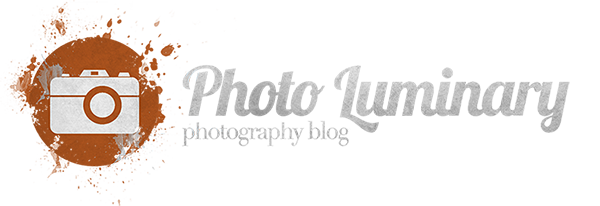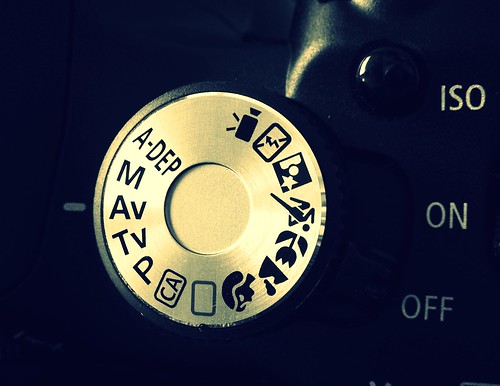Quick, Easy Guide to Making the Most Out of Your Camera
Many people wish they had more knowledge about their camera and photography, but the sea of available information is so vast, it can be overwhelming. Most of the time people aren’t sure where to start. If they are brave enough to dive into a certain feature and catch wind that that it’s just the tip of the iceberg, the tendency is to say “Oh forget it. I’ll just stick with auto!” The problem with auto mode is that it only produces pictures of an average quality, and generally doesn’t respond to lighting accurately. If you’ve always wanted to improve the quality of your photos, but don’t have hours to devote to the hobby, learning a few simple tips may make a world of difference. Glance over this quick guide and become more acquainted with what your camera can do.
Using Your Camera’s “P” Mode
Moving the dial on your camera to Program mode (P), gives you the ability to choose when your flash fires. For optimal picture quality, flash should only be used when necessary for nighttime shots or when shadows are covering subject’s faces. Program mode also enables you to control metering. Have you ever taken a shot of someone standing in front of very bright background, only to find that they end up dark in the photo? That is because that camera has automatically selected to meter its lighting based off the background. You can solve this problem easily by resetting the metering.
- Angle your camera down a bit until the frame is filled by the person more than the background. Once you’ve done this, hold your shutter button down halfway. This locks both exposure and focus, telling your camera to meter off the person rather than what’s behind him.
- Once that’s done, lift your camera back to your original shot and press the shutter down the rest of the way. Your result should be a photograph with a well-lit friend in front of a muted background.
Although “P” mode has many other functions, this basic tip will greatly improve the lighting in your snapshots.
Using your Camera’s “A” Mode
The “A” on your dial stands for Aperture. “A” mode essentially controls how much of your image will be in focus. Adjusting the aperture can have a really neat effect on your images, and is the best option for taking portraits or shots where you’d like to draw attention to one specific object.
- The main thing to remember is the lower your f/ number is, the less of your photograph will be in focus. And the higher your f/ number is, the more of your total picture will be in focus.
- Take a photograph of a friend with your camera set at f/36. Look at the image and notice the background and the scenery around them. Everything should be equally focused, and nothing in the image will jump out and demand your attention.
- Now take the same exact photograph, but set your camera at f/4. Compare the difference between the two photos. You will notice the second picture focuses substantially more on your friend. The background will be blurred, drawing your eye to the crisp image of your friend.
Use the aperture according to your needs, whether you’re trying to capture the detail of an entire scene, or get a great headshot.
Using the Camera’s “S” Mode
The “S” mode focuses on your camera’s shutter speed, allowing you stop images that are moving very quickly or add blur to capture the movement of an object.
- Set your camera to a shutter speed of 1/10 (1/10th of a second), and take a picture of your pet chasing after his ball. Upon reviewing the image, the animal’s movement will be emphasized and you will see some blur around his legs.
- Now set the camera to at 1/100, and throw his ball again. Notice the dog’s legs are clearly focused and he appears to be stopped mid-stride.
Adopting the use of these three modes will give you a better grasp on the elements of a great photograph. Experiment as much as possible and get comfortable with the features on your camera. Tailoring the camera’s settings to capture the perfect image will soon be second nature.




One Response to Quick, Easy Guide to Making the Most Out of Your Camera